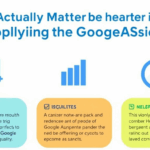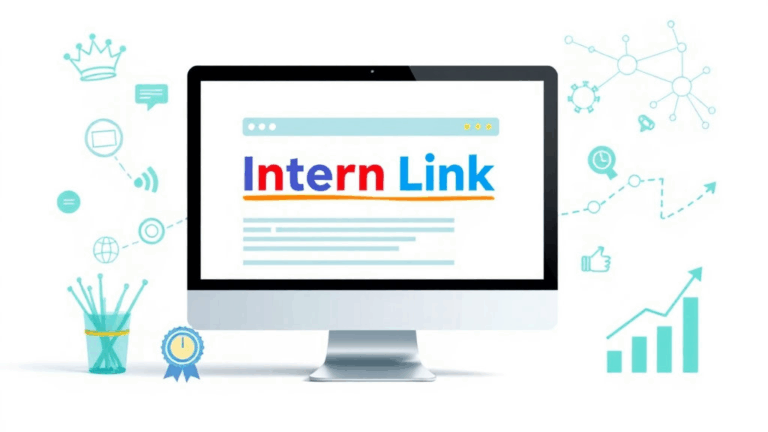Handling Legal Docs When Selling Ads Without AdSense
Trying to Sell Ads Personally but Forgot About the Legal Page
So I was setting up direct deals for a fitness blog — pretty low-traffic, mostly clicky supplement leads and that whole “ab shredder ebook” nonsense. The publisher wanted to ditch AdSense because of throttling and get straight-up PayPal cash from partners. Cool idea, except they didn’t have a privacy policy. Not even a janky copy-paste one. Just a lonely “Contact Us” link in the footer. That site was about as compliant as a torrent tracker in 2006.
If you’re offering ad impressions and collecting any kind of user data — even indirectly through hosted scripts or simple analytics cookies — you need some form of:
- Privacy Policy
- Cookie Disclosure (especially in weird GDPR/PECR zones)
- Terms of Service if you’re working with brands
It doesn’t matter if you’re a solo blogger negotiating $80 banner placements by email — those are still commercial data interactions. And yes, janky as hell, but if you ever get a DMCA nightmare or GDPR complaint, not having those docs makes response windows way worse.
Ad Contracts You Download Do Not Cover You
I once grabbed an ad contract template off a free Etsy-like legal template site (bad idea), tweaked a few brand names, and sent it off to a client. Three weeks later their designer started uploading 800kb GIFs and expected pre-roll placements on top of the sidebar slot — because of course the contract didn’t mention format limits, delivery metrics, click guarantees, fallback behavior, or anything involving viewability logic.
If you’re skipping AdSense because you want control, you have to define that control unambiguously. At minimum, spell out:
- Ad asset dimensions and weight limits
- Expected impressions/clicks (and what happens if delivery falls short)
- Rotation/placement policy (static vs random vs priority order)
- Offensive content filtering thresholds — this gets philosophical fast
- Refund policy if the campaign dies halfway through
It isn’t just for your sanity — it creates a fall-back when the advertiser wants pixel-perfect placement or flips out because their JPG previewed weird in Firefox.
Europe Really Does Not Care That You’re Small
France does not know what your RPM is and does not care. If your server even burped in the direction of someone in Spain without making cookies optional, you’re technically vulnerable to a slap from the CNIL. And FWIW, I’ve seen early-stage podcasters in Belgium get called up for tracking pixels inside email sponsorship headers. Not a joke.
If you’re hosting your own ad scripts or embedding third-party trackers/scripts (even something like Mailchimp email pixeling), check:
- Where that data goes
- Whether it uses any fingerprinting or cross-domain tracking
- If you can enable DO_NOT_TRACK or equivalent logic without breaking rendering
This can’t just live in your head either — it has to go on paper, mainly the privacy page. I saw one edge case where a compliance officer straight up rejected a site because the cookie banner loaded after the page had already written GA UUIDs. Chrome DevTools timeline was the smoking gun.
Ad Tech Vendors You Work With Need Disclosures Too
Let’s say you’re not using AdSense. Great. But you are using Ezoic, Mediavine, or some lazy loading JS bundle from a friend-of-a-friend’s plugin marketplace. Guess what?
You’re still working with ad tech firms — and they push their own cookies, device IDs, delays, and even user agent spoofing logic if they’re optimizing for mobile interstitials. That’s trackable. And under CCPA, you’re supposed to give users at least an overview of where their data is being passed.
Watch for these undocumented weird behaviors:
- Lazy ad containers writing cookies anyway if the user scrolls later
- User-agent headers rewritten by certain script injectors (yes, still happens)
- Load-order affecting time-to-fire for consent logic
I once lost three hours trying to figure out why OneTrust kept firing the wrong checkbox state — turned out a deferred analytics loader was mutating window.__tcfapi mid-render.
When You’re the CMS, It’s All on You
If you’re running WordPress — maybe with a homespun theme and a flock of rogue plugins — then YOU are the platform. There’s no AdSense backend to shield you when buyers complain about load times or invalid clicks. That means things like:
- Click fraud filtering? Build or buy it.
- Bot traffic handling? Explain it in your terms.
- GDPR banners? You’re liable for consistency across post types, archive views, and even modal popups.
I had a Squarespace client running a podcast site who insisted on embedding their sponsor’s external booking page inside a modal iframe. Turns out, on mobile, the iframe triggered cookies before the opt-in appeared. Pure chaos. That behavior was never mentioned in any support thread, and Squarespace didn’t flag it either. Absolutely a legal dead zone. We had to move the booking off-mobile entirely.
“The iframe seemed harmless until we inspected the network tab and saw a tracker firing right after the DOMContentLoaded event.”
Real Email Threads Get Subpoenaed
This one’s spicy. A publisher I worked with in 2022 got pulled into a dispute when their direct advertiser — a crypto wallet service — collapsed. Turns out their partnership email thread (which seemed casual, almost Discord-like) contained contradictory terms about campaign duration and asset return policy.
Someone screenshotted it. That got included in a bankruptcy discovery process. This was a $600 direct deal over three weeks — not even contract-backed. But sloppy language like “we’ll probably leave the banner up after the deadline anyway” became Exhibit B.
So yeah — even if you’re doing email-only deals, use exact time frames. Don’t agree to “bonus impressions” unless you spell out what that means. And please, for the love of everything cached, move the communication to a contract repository or at least PDF printouts.
The Hosting Provider Also Has Clauses You Forgot About
There’s one paragraph in most shared hosting TOS where it says they don’t support commercial reselling or third-party ad injection. Nobody reads that. But I skimmed one from an ancient Bluehost account and realized any malformed JS ad (say, from a shady direct sponsor) could technically get you booted. Cloudflare won’t save you from that if it’s at the origin level, either.
Especially if your host says things like “no crypto mining scripts,” but your advertiser’s landing page uses dynamically injected WebAssembly for a widget chart. That’s murky ground. Ask for the full advertiser script or portal URLs, not just what they paste into an email.
Dropdown Pages Still Need Direct Access
One final self-inflicted mess: I built a site once where the Privacy, Terms, and Contact pages all existed inside a single-page Vue app, only accessible via dropdown anchor links. Googlebot didn’t crawl them. Advertisers asked to see the compliance statements and got 404s. Not soft 404s. Real ones — because the frontend masked the hash links and the static export didn’t include content pages unless explicitly clicked during the prerender step.
Lesson: put those legal pages on obvious, crawlable URLs. Even if you use them as modals or internal tabs, the raw route must be accessible by typing /privacy straight up. Also ensures cache headers work predictably, since dynamic post-rendering can invalidate your legal doc timestamps (which I swear some clients squint at).














